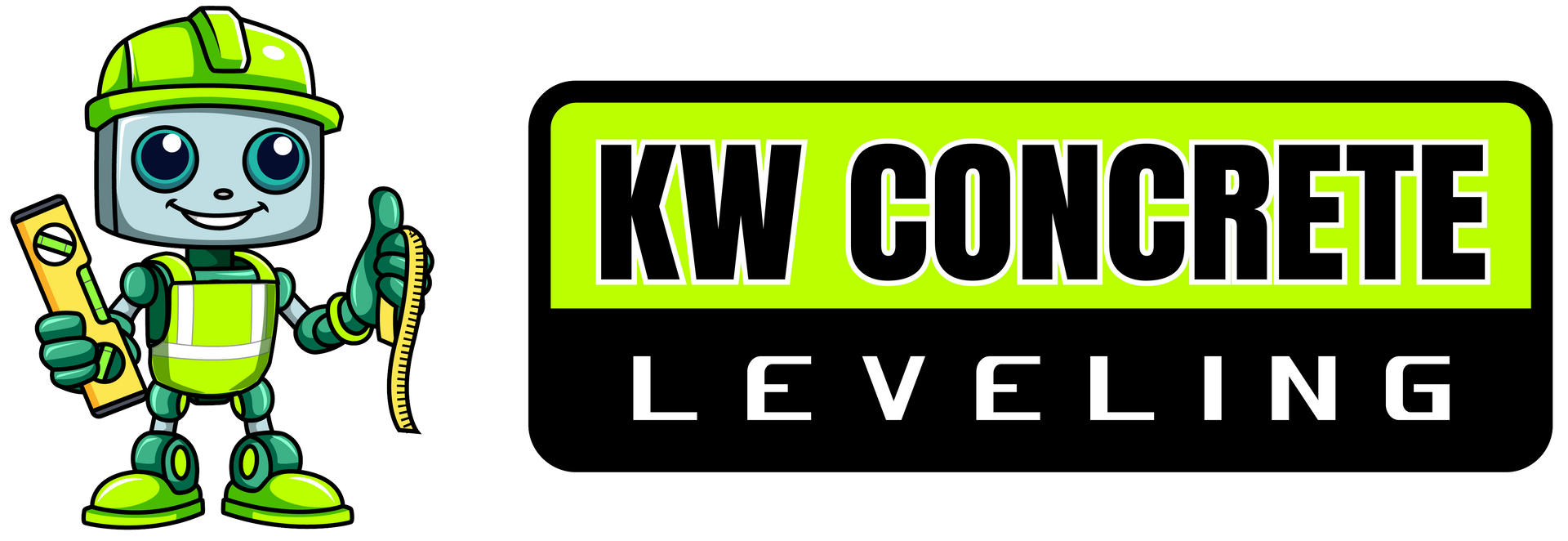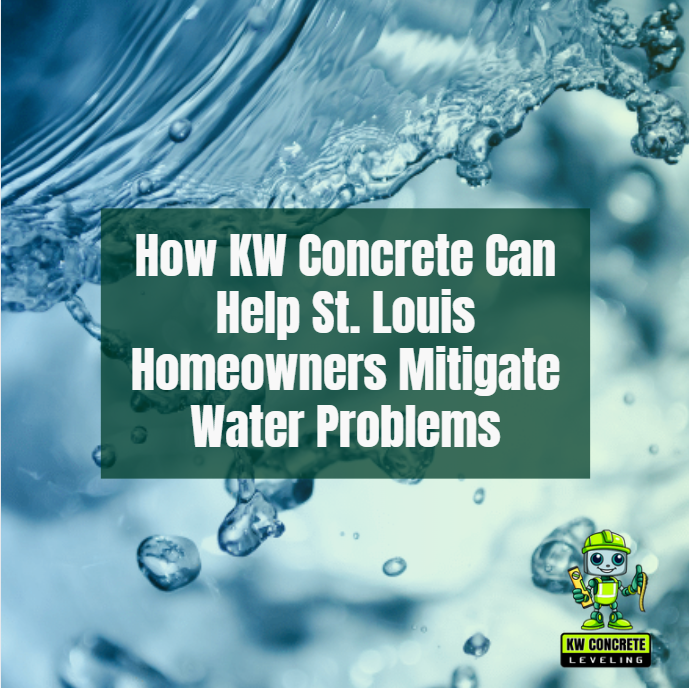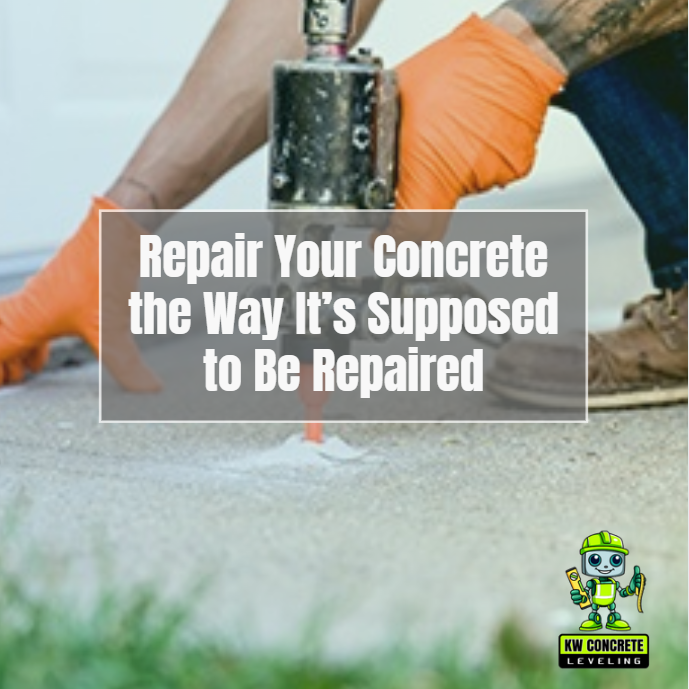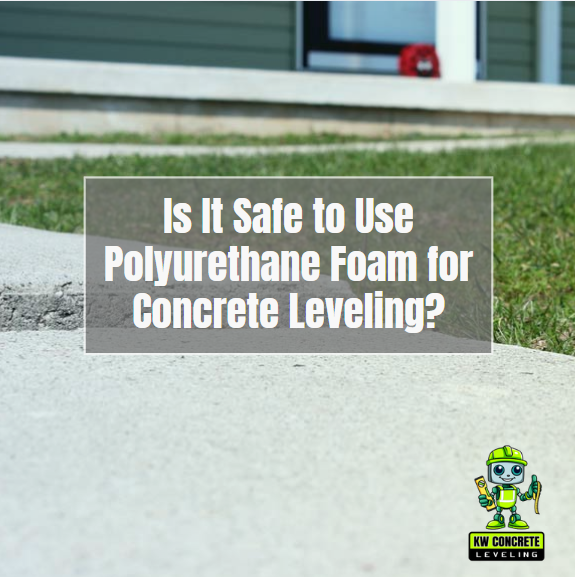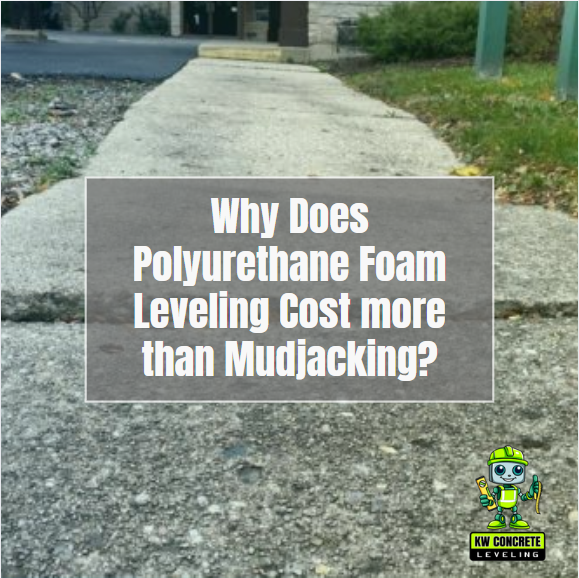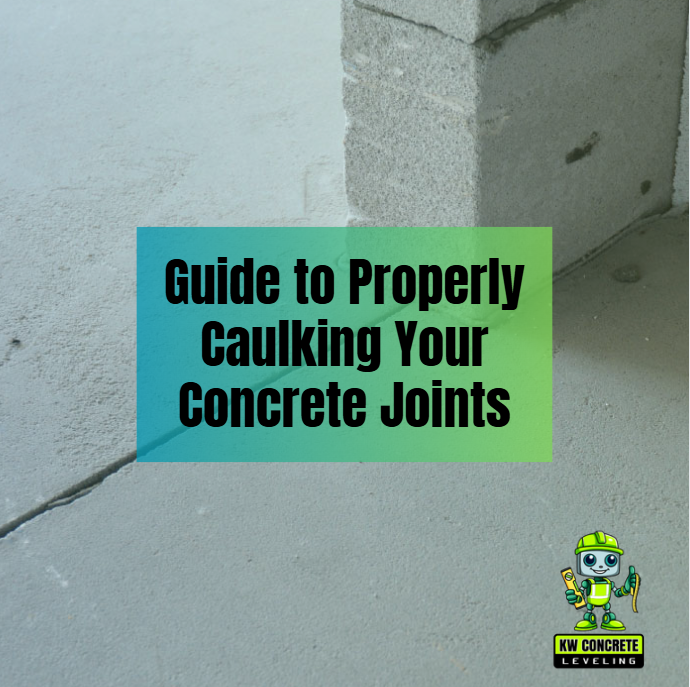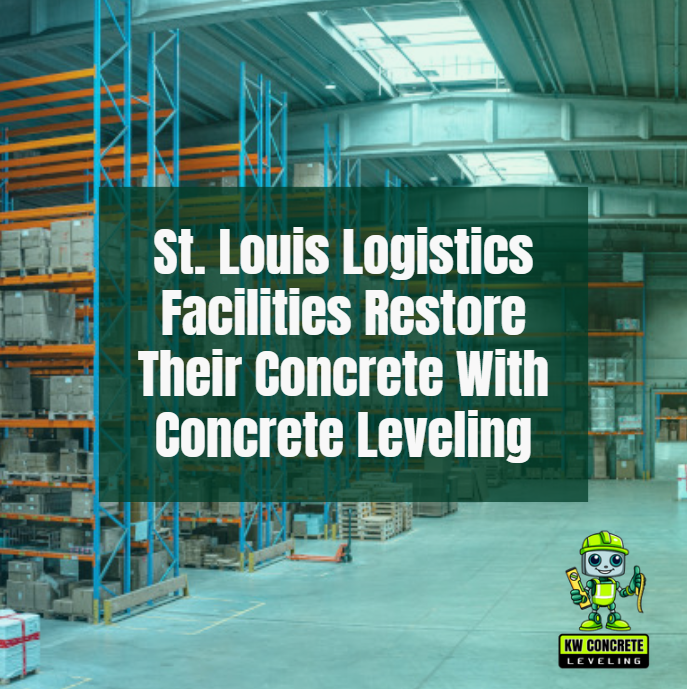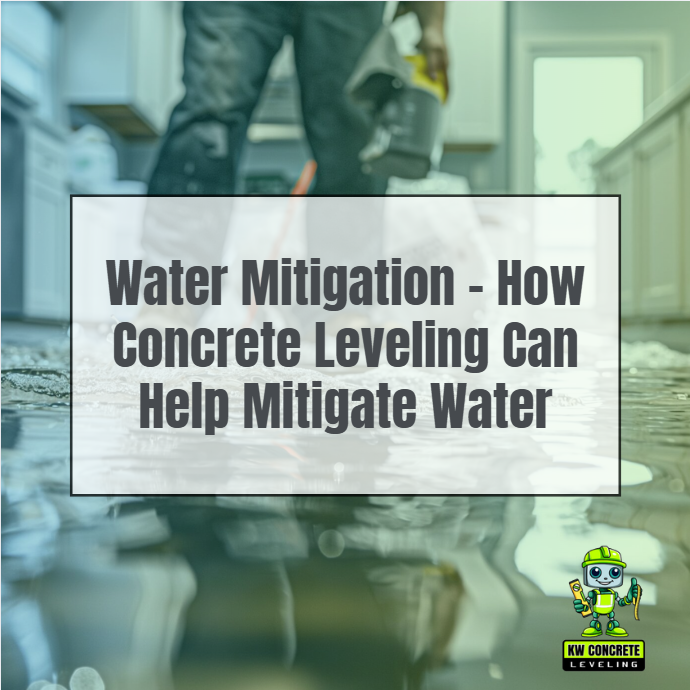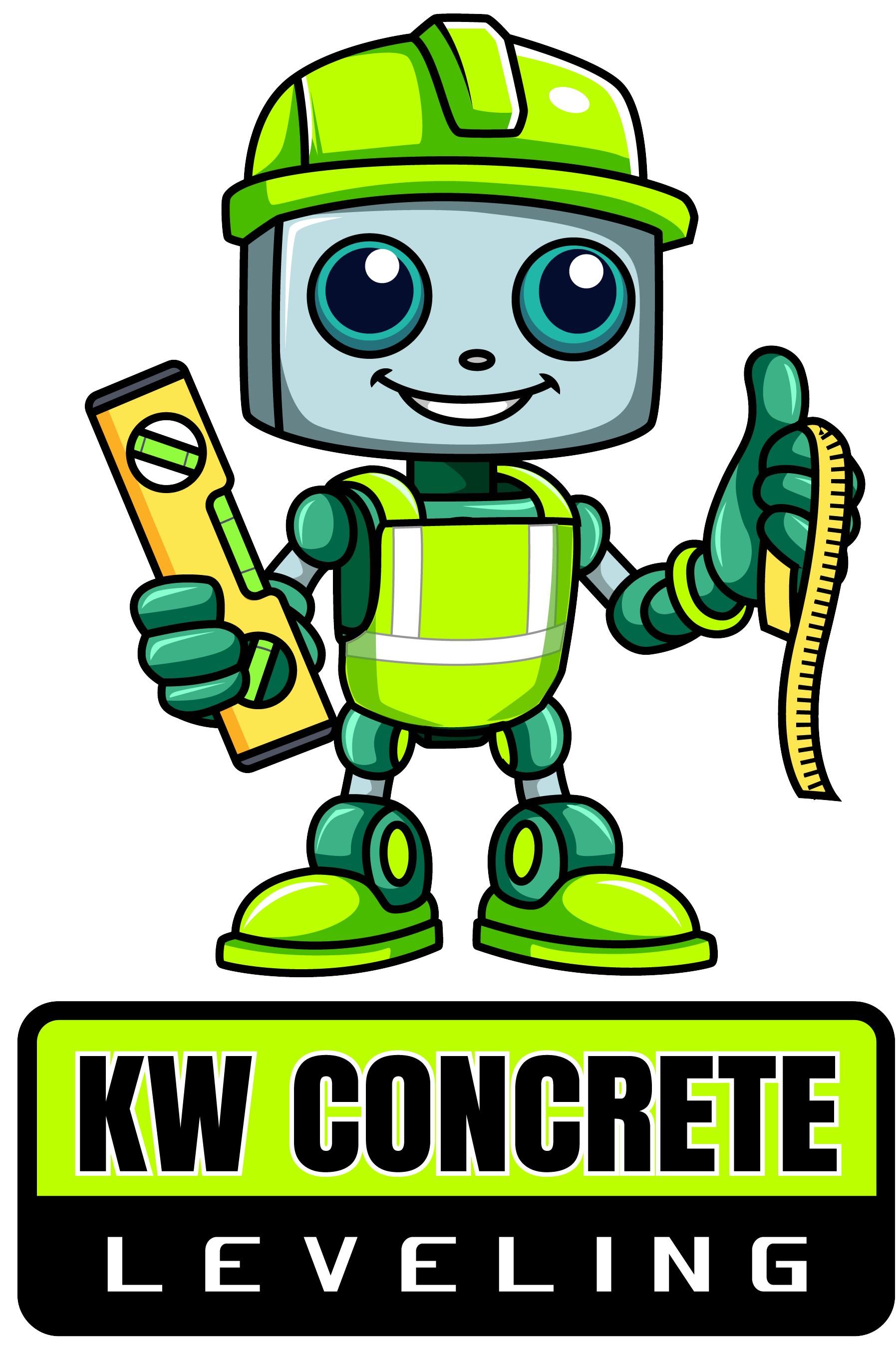Phone:
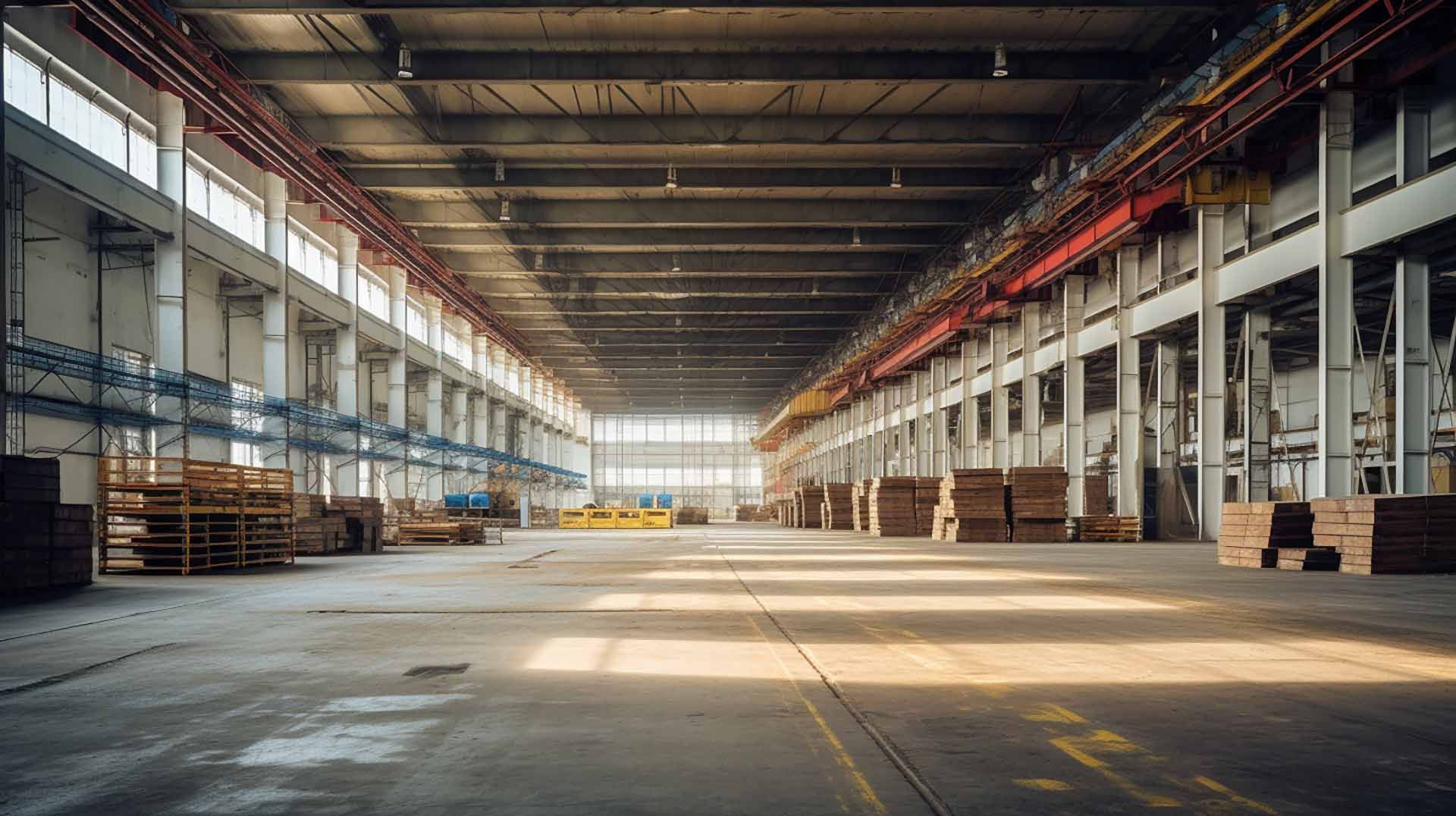
The structural integrity of your warehouse or factory floor is critical for your operation's safety & efficiency. When flooring issues occur, your very first instinct might be replacing the whole floor. But leveling and lifting your existing concrete floors with polyurethane foam is faster, cheaper and less disruptive than you may think.
We'll talk about signs your flooring needs repair, what happens if you ignore the problem, standard repair procedures and why polyurethane foam is a good choice for lifting and leveling industrial floors.
Recognizing the Signs of a Floor in Need of Repair
Heavy machinery, forklifts, and dropped tools leave their marks on your concrete floor. Minor imperfections are not urgent, but over time these gouges and scratches may become large enough to cause tripping hazards and weaken the surface.
These imperfections may also be entry points for moisture or chemicals that may accelerate damage by seeping into the concrete and further deterioration.
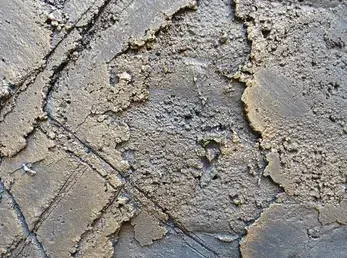
Frequent traffic from forklifts and other vehicles can leave tire marks and stains on the tires. These marks may be cosmetic in nature but may signal underlying wear in high-traffic areas.
These spots may ultimately produce uneven wear patterns on the surface, highlighting areas of the floor that need to be fixed to avoid additional damage.
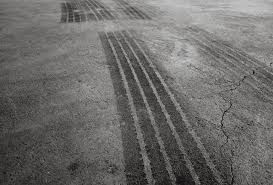
An uneven floor is not only annoying. It can cause the shelving units, machinery, and storage racks to lose their stability. Reduced flatness indicates that the floor subgrade has moved or settled unevenly.
This unevenness can also pose challenges for equipment operators because uneven terrain wears down machinery and slows down operations, reducing efficiency.
Cracks in a concrete floor are an indication of something wrong. Cracks may be caused by heavy loads, thermal expansion, or soil movement and further damage the floor structure. Cracks may also collect debris and liquids, making the workplace unsanitary and increasing the risk of slips and falls.
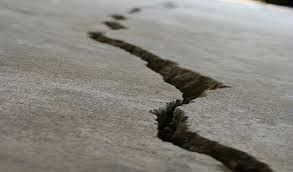
Flooring is often exposed to chemicals that erode it in industrial environments. This wear weakens the concrete and creates a slippery surface. Longer chemical exposure can also cause discoloration and uneven surface texture, which reduces the floor's durability and aesthetic appeal, making repairs more difficult if ignored.
The Hidden Costs of Not Paying Attention to Bad Flooring.
Neglecting floor repairs in a factory or warehouse can have
several costly and dangerous outcomes:
Damage to Lift Trucks and Equipment.
Uneven or damaged floors can damage equipment such as forklifts, pallet jacks and carts. Continuous jolts from uneven surfaces cause more wear on tires, suspension systems, and bearings.
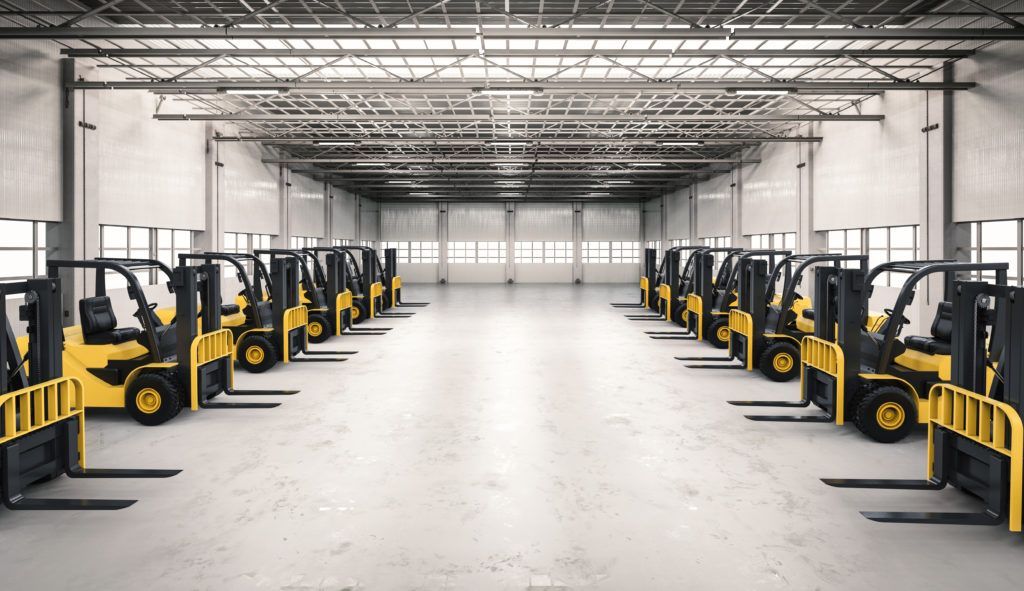
Operator Fatigue & Safety Risks.
It is uncomfortable and dangerous to drive vehicles or machinery on a bumpy, uneven surface. This additional strain may result in operator fatigue and increase the likelihood of injuries and accidents.
Reduced Productivity.
A poorly maintained floor halts operations. Whether it's a delay due to unstable shelving or navigating around damaged areas, inefficiencies add up and eat into your bottom line.
Higher Cleaning/Maintenance Costs.
Uneven surfaces and cracks trap dirt, debris, and spills, making cleaning more time-consuming and less effective. Eventually this can cause sanitary conditions, especially in food storage or production facilities.
Common Concrete Floor Repair Methods
Thankfully, there are several repair methods which can make your floor function and look like new without needing to replace it all together.
Repair of Concrete Floor Joints.
One of the most dangerous places in industrial flooring is at floor joints. Repairing damaged or spalling joints prevents further degradation and allows vehicles and equipment to transition smoothly between them.
Beyond function, properly maintained joints reduce vibration and wear on machinery that passes over them frequently, prolonging the life of the floor and the equipment.
Lifting and Leveling with Polyurethane Foam.
This new method uses lightweight polyurethane foam injected underneath the concrete slab. The foam expands to fill in voids and raises the slab back up to the original level. This is a fast, minimally invasive and effective process.
Polyurethane foam can also be long-lasting - it withstands water, temperature variations and dirt movement - making the floor durable for many a long time.
Decorative Coatings for Concrete Floors.
For floors that require a tough, aesthetic finish, decorative coatings offer a layer of protection against chemical damage, abrasions, and wear. These coatings also provide slip resistance for increased safety.
In addition, they come in many finishes and colors so you can customize your floor to match your facility's branding or aesthetic with functionality and durability.
The Benefits of Polyurethane Foam for Concrete Floor Repairs
When it comes to lifting and leveling industrial floors, polyurethane foam is superior. Why:
Cost-effective Solution.
It is expensive, time consuming and disruptive to replace a concrete floor. The price of labor and material for replacing polyurethane foam is considerably lower.
Beyond the initial savings, the long life of polyurethane foam means fewer future repairs, making it an economical choice over the very long haul by lowering overall maintenance costs.
Easy Installation.
Injection of polyurethane foam can be done in time. This minimizes downtime so your operations can resume quickly. The polyurethane foam curing time ensures that repaired areas can be walked by foot or vehicle traffic almost immediately, further reducing operational delays.
Minimal Disruption.
Lifting with polyurethane foam is clean and quiet. There is no heavy machinery, demolition or big clean-up. The simplified process also means fewer dust and debris can enter your workspace, which is ideal for sensitive areas such as food production or storage.
Precision and Durability.
Polyurethane foam expands to fill gaps and voids to a level surface. The foam, when cured, is tough enough to withstand heavy loads. Its resistance to moisture and chemicals means it won't degrade easily, even in harsh industrial environments, giving a stable solution that will withstand the test of time.
Eco-Friendly Option.
Lots of polyurethane foams tend to be recycled and may survive decades while not being repaired or replaced frequently. There is also less waste because the process uses existing concrete instead of replacing it.
Why Choose Polyurethane Foam for Your Warehouse or Factory Floor?
Polyurethane foam is more than a repair material. It's a strategic investment for your business. For more reasons this method is suitable for industrial floors, see below:
Enhanced Safety.
A level floor eliminates trip hazards, improves equipment stability and conforms to workplace safety standards. Beyond immediate security benefits, a smooth floor also cuts down on the risk of workplace accidents, insurance claims and increases employee confidence in the workplace.
Improved Aesthetics.
A smooth, even floor looks professional and says a lot about your company's maintenance and quality efforts. Also, clean floors can impress visiting clients, stakeholders or inspectors as an indication of your facility's efficiency and attention to detail.
Long-term Performance.
Polyurethane foam resists moisture, chemicals and temperatures and is compatible with harsh industrial environments. Its robust composition ensures a structural integrity that can withstand heavy loads, high traffic and challenging conditions, offering a repair solution that can last decades without significant degradation.
Versatile Applications.
This method works on most flooring problems, from minor settling to large subgrade voids. Polyurethane foam can handle damage from heavy machinery, water infiltration, or soil movement - and is therefore an ideal solution in various industrial settings.
Are You Thinking About Saving Money & Reducing Downtime With Concrete Leveling?
When major damage occurs, replacing your factory or warehouse floor may be the only option - but lifting and leveling with polyurethane foam is quicker and less expensive. By addressing flooring issues promptly and utilizing modern repair methods, you save money, reduce downtime, and maintain a safe, productive work environment.
Ready to restore your industrial floor?
Call KW Concrete Leveling today or
fill out the form on the website to see how polyurethane foam can transform your space. Let us save you time, cut costs and keep your operations running smoothly!
Call For An Estimate!
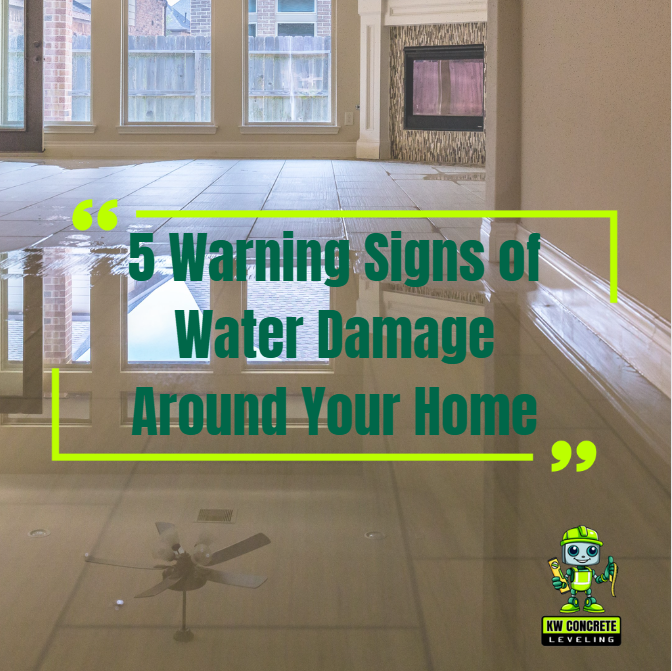
Quick Links
Contact Details
Phone: 314-661-5440
Location: St. Louis Missouri
Hours:
- Mon - Fri
- -
- Sat - Sun
- Closed
Privacy Policy | Terms & Conditions
All Rights Reserved | KW Concrete Leveling in St. Louis
